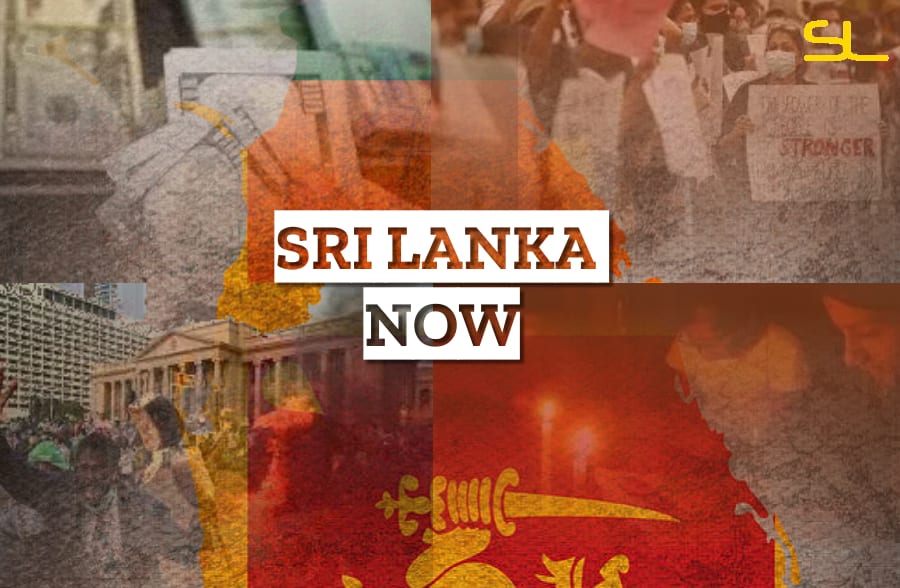Sri Lanka, a 22 million strong island nation, is currently facing the worst economic and political crisis ever since the country gained independence in 1948.
The citizens of the country on protests taking down to the streets, despite curfews and the ministers, stepping down mostly functioning to continue as an independent group in the parliament.
This has been the worst economic meltdown in the country, with crippling inflation sending the cost of basic goods skyrocketing. Adding the fact that the Sri Lankan rupee is now the world’s worst-performing currency.
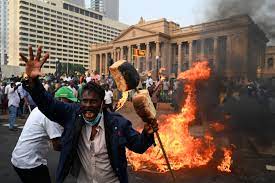
The cause of the economic meltdown
The crisis has been years in the making, the foundation for this is the economic mismanagement by successive governments.
Between 2005 and 2015, Sri Lanka borrowed a vast amount of money from China to fund public services, which accumulated a mountain of debts. Moreover, the government’s ban on agricultural fertilizers made matters worse.
Tourism, which is one of the main economic sectors of the country has also been deprived since the 2019 Easter bombings where hundreds of people at churches and luxury hotels were killed and from 2020 onwards with the emergence of the Covid 19 pandemic.
Facing a massive deficit, President Gotabaya Rajapaksa slashed taxes in order to revive the economy that failed miserably. But as a result, this cut off the country’s access to the international market. To pay off government debt, Sri Lanka has to rely on its foreign exchange reserves, which fell from $6.9 billion in 2018 to $2.2 billion this year. Imports of petroleum and other essentials were harmed as a result, and prices skyrocketed.
Making things even worse, the government decided to float the Sri Lankan Rupee, which means the value of the currency is determined by global demand and the level of foreign reserves.
Sri Lankan Rupee has made it the world’s worst-performing currency as of now.
"After Rajapaksa ended emergency rule mere days after it was established, the Sri Lankan rupee hovered near Sri Lankan Rupee 302.04 per US dollar on Wednesday (6), trailing even Russia's rouble."
The Financial Times Tweet
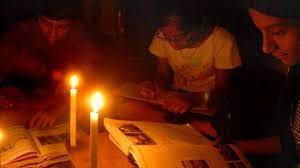
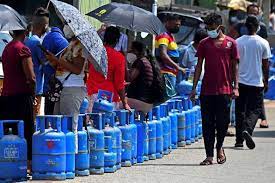
The impact on the people in the country
Waiting in queues for basic necessities has been an endless cycle in the daily lives of the Lankans right now. Most of the shops have remained closed in the past few weeks due to the lack of electricity and fuel in the country. Some people even have died waiting in lines under the scorching sun for hours and hours for fuel. The cost of simple, staple food – like bread has almost doubled within the past few months. Some are in an impossible position – where they have to earn their daily wage to feed their families but also stand in queues for supplies.
Moreover, there is a medical shortage prevailing too. The Sri Lanka Medical Association sent a letter to Rajapaksha stating, “within a matter of weeks, if not days, emergency treatment will also not be possible. This will result in a catastrophic number of deaths”.
It is even made more difficult due to the frequent power cuts, sometimes for more than 12 hours a day plunging the entire country into darkness.
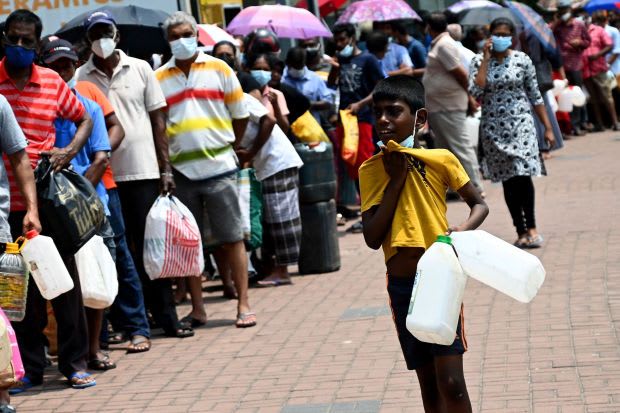
Protests by the people
Anger, which has been simmering for the past few weeks, boiled over last Thursday the 31st of March. The public started protests taking down streets in various locations throughout the country, with most of the protests held in the streets of Colombo, demanding government accountability.
The police used tear gas and water cannons to break up the protest, but however, with the rising number of protests, president Rajapakshe declared a public islandwide curfew during the weekends. He also gave authorities permission to arrest people without a warrant. Moreover, a social media ban was also imposed, being apparent there is a paper shortage in the country, and social media is the solution for communication. Amidst all of the restrictions, protests went ahead. People started using VPN – virtual private networks to stay online, which in a positive way made the issue viral worldwide. The demonstrators are still calling on the entire cabinet including the President for resignation, while the president still demands that he will not be resigning.
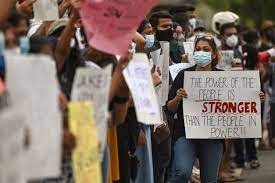
The Government’s response
Due to widespread resignations by prominent ministers, the government’s entire cabinet was officially dissolved on the 3rd of April.
The President had released an official statement mentioning that “The current crisis is a result of several economic factors and global developments”. The statement also mentions seeking the support of all the people to overcome the economic challenge faced by the country. Previously, President Rajapaksha when addressing the nation stated that “this crisis was not created by me”.
Sri Lanka has now started talks with IMF urgently seeking financial support, as the crisis worsens.

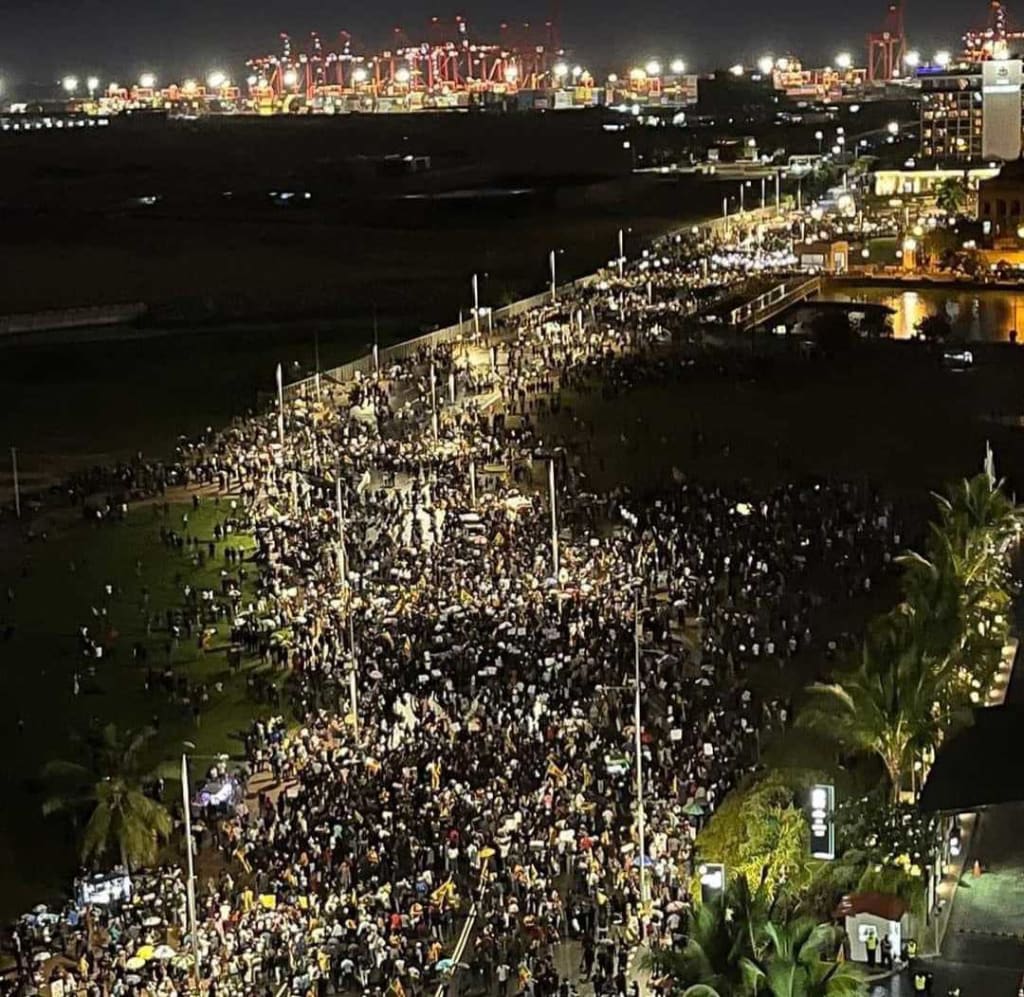
Now the situation is brought to attention by international observers with the use of worldwide trending hashtags such as #GoHomeGota, #ArrestRajapaksas, #ProtestLK etc… Sri Lankans living overseas have also sought attention internationally by holding protests in various cities worldwide.
Amidst all of what the entire country is going through, standing together in unity is the silver lining.
In Unity there is Strength
Post: Sri Lanka Now



